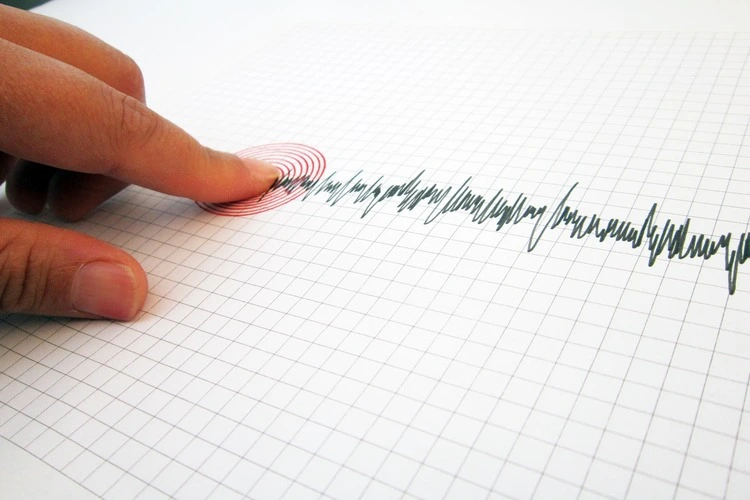
Discover the relationship between the planet’s earthquake activity and solar heat
By
We understand how earthquakes happen, but predicting when a seismic event will occur remains a major challenge for scientists. Factors that play a role include rock strength and the presence of faults or weak layers in the rock succession. Recently, researchers have been investigating other, more subtle factors – from lunar cycles and weather to a surprising new possibility: the influence of solar heat.
Enjoying this article? Check out our related reads:
In 2022, computer scientist Matheus Henrique Junqueira Saldanha and colleagues at the University of Tsukuba, Japan, first discovered a link between solar and seismic activity. In a new study, published in the AIP Publishing journal Chaos, they propose that the Sun warming the Earth’s surface could be the key to this link. ‘Solar heat drives atmospheric temperature changes, which in turn can affect things like rock properties and underground water movement,’ explains Junqueira Saldanha.
These fluctuations, he suggests, could contribute to making rock more brittle and prone to fracturing, while changes in rainfall and snowmelt can affect the pressure on tectonic plate boundaries.
To conduct the study, the team analysed earthquake data alongside solar activity and surface temperature records. They discovered that incorporating Earth surface temperatures into their models improved forecasting accuracy, especially for shallow earthquakes (occurring within 70 kilometres of the surface).
This implies that the transfer of solar heat to the Earth’s surface does play a role in seismic activity – even if only a small one. ‘It’s an exciting direction,’ says Junqueira Saldanha, ‘and we hope our study sheds some light on the bigger picture of what triggers earthquakes.’




